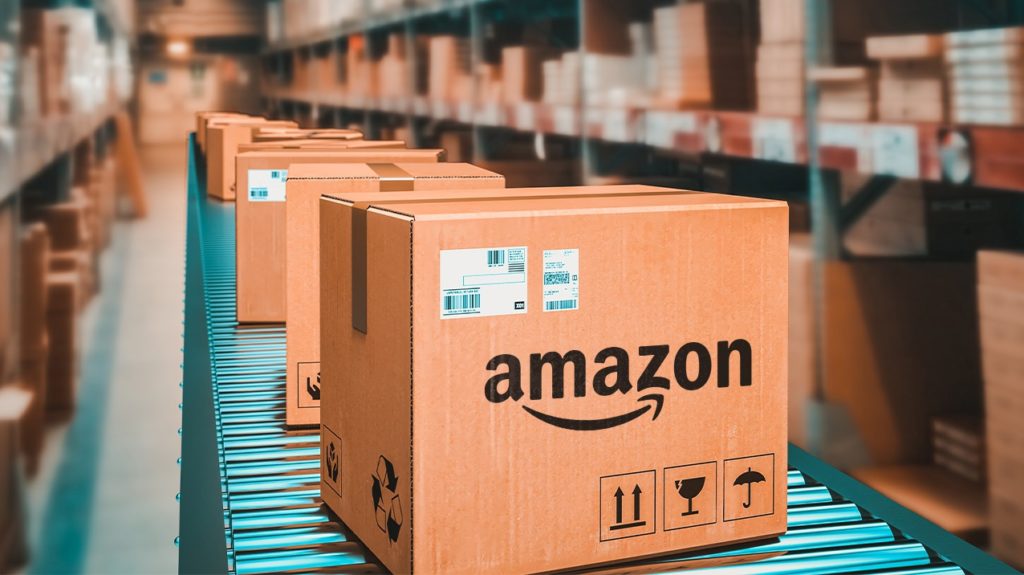
The cost of returns is one you probably didn’t think about when you started your FBA business, but it can be a major cost of business. It can take away over a quarter of your profit without your realizing it!
When a customer applies for a refund, they get back what they paid. And that’s subtracted from your Amazon account.
But you don’t just get the sale reversed. You also get penalized by a refund commission, and your FBA fee isn’t refunded. All you’ll get back is your cost of goods (unless the item is returned damaged), your referral fee and a shipping charge-back. So you lose. You lose quite a lot.
After the holidays or after Black Friday, you could be losing more on returns than you’re making on sales! That’s a temporary cash flow crisis.
Still, there are ways to reduce your return rate. Sometimes, admittedly, customers return goods because they just changed their minds. But other times, there’s a good reason why they returned their purchase. Find out what it was, and you may be able to change things.
So your first step is to analyze why the goods were returned. For instance,
• They were difficult to use, or the customer didn’t understand how to use them;
• they were ordered for the wrong kind of use;
• the customer had ordered the wrong size;
• they weren’t exactly as described – for instance the color wasn’t the same as it looked on the screen;
• the goods were defective.
There’s a lot you can do to stop these categories of return.
For instance, where your product is difficult to use, or the customer didn’t understand how to use the product, a lot of this might reflect the lack of an instruction manual or photos showing the product in use on your product page.
A simple example would be showing a photo of your selfie stick in use, with perhaps a closeup of how it attaches to the camera. Infographics can also help, for instance showing how to fit refills.
You can also include a manual with the packaging, or even put stickers on the product. A good example is a dual sim mobile phone that arrives with two stickers showing exactly where the sim cards should be put and how to slide out the little drawers for them. The process isn’t difficult, but it is a little bit tricky and the stickers not only make sure customers put the sim cards in the right place, it also gives them confidence they’re not going to wreck the phone.
Videos are another good way of giving customers a view of how the product can be used.
Make sure customers understand the use case for your product; what it’s good for and what it’s not good for. For instance, if you have a dehumidifier that’s good for a small room or a cupboard, make sure that you describe its limitations so customers don’t think it can dry up a large garage. Or you could show your dog carriers together with an infographic of different dog breeds, so customers know which size to order.
If a product is only intended for light use, make sure customers know. For instance a play tent for the garden won’t be the same quality as a camping tent for use in the great outdoors. If you specify ‘play tent, not intended for camping’ then you won’t get customers who order it for camping and then return it when they see how lightweight it is.
Another thing that’s important, and you should plan your photos to show, is the size of the product. It will be in the specifications, but that’s “the small print” to a lot of customers. Show the product in a photo with a human being, or next to something that’s a regular size (like a wine bottle or a loaf of bread, or a Ford pickup) and customers will have a much better idea of its size.
If you can reduce your returns rate, you should see your profitability increase significantly. So get round to doing it right now!
